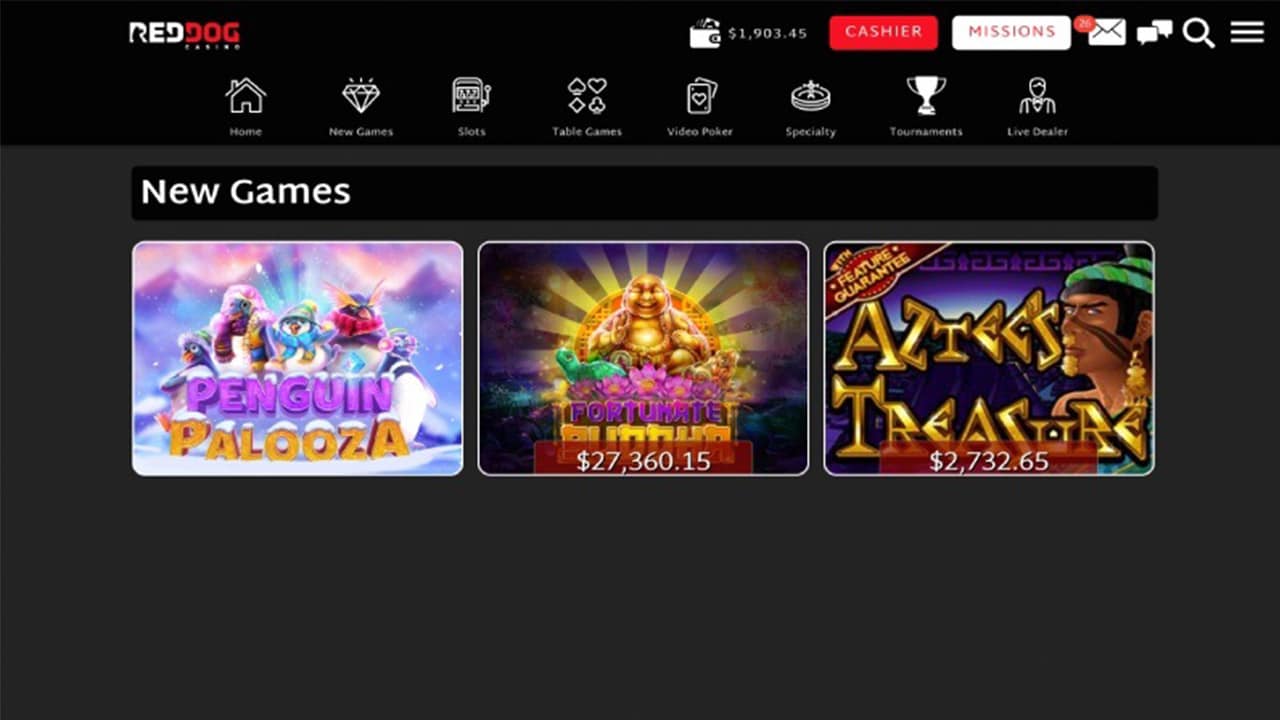
To truly enjoy Eye of Horus’ peak performance, ensure your setup includes a quad-core CPU at a minimum 3.5 GHz clock speed, paired with 16 GB RAM or more. Prioritize a GPU from the NVIDIA GeForce RTX or AMD Radeon RX series with support for DirectX 11 or newer. An SSD, preferably NVMe, will enhance retrieval speeds. But there’s another key aspect you might overlook that’s crucial for smooth gameplay—any idea what it could be? https://eyeofhorus.games
Key Takeaways
- A quad-core processor at 3.5 GHz is recommended for peak Eye of Horus gameplay performance.
- Ensure a minimum of 16 GB RAM, preferably 32 GB, to avoid bottlenecks during gaming.
- Use a specialized NVIDIA GeForce RTX or AMD Radeon RX graphics card for DirectX 11 support.
- Install Eye of Horus on a high-speed SSD, preferably NVMe, for quicker data access.
- Keep the operating system up-to-date to the latest version for stability and enhanced performance.
Minimum System Requirements
To ensure you can play Eye of Horus, your system must meet certain minimum requirements.
These specifications ascertain you’ll experience peak gameplay fluidity and improve your user experience. Start with a processor speed of 2.5 GHz, featuring at least a dual-core configuration. Equip your setup with 4 GB of RAM, enabling productive multitasking and smoother interactions.
A dedicated GPU supporting DirectX 11 or later is essential for rendering high-quality graphics with minimal lag. Confirm your hard drive has at least 10 GB of free space, allowing for smooth installation and operation.
Finally, keep an up-to-date operating system, supporting either Windows 10 or macOS 10.13+. By adhering to these specifications, you’re ensuring that Eye of Horus performs effortlessly and releases boundless gaming potential.
Recommended System Specifications
While fulfilling fundamental requirements initiates your journey, optimal operation is optimally achieved with the recommended hardware requirements for Eye of Horus. By embracing the precision of gameplay enhancement tips and comprehending the significance of software updates, you’ll enjoy seamless engagement.
Here’s the essential arrangement:
- Processor
- RAM
- Storage
- Operating System
Arrange your system tactically. Release is on the horizon with seamless operation and immersive gameplay.
Graphics Card Compatibility
Establishing the optimal conditions for Eye of Horus surpasses fundamental spec modifications and necessitates careful attention to your GPU compatibility.
Begin by examining well-known GPU models like NVIDIA’s GeForce RTX or AMD’s Radeon RX series. These provide significant capability, but they’re not universally compatible.
Examining compatibility issues necessitates inspecting DirectX compatibility and VRAM requirements. Confirm your selected model aligns with the game’s visual requirements. For instance, previous generation GPUs may struggle under Eye of Horus’s visual demands, resulting in latency or failures.
Research maker details—confirm that it’s optimized for the game to prevent performance issues.
You’ve got the power to defeat these challenges, so accept technical precision and take control, culminating in a fluid, engaging gaming voyage.
Processor Power Essentials
When it comes to enhancing performance for Eye of Horus, understanding processor power principles is key. Leveraging processor efficiency and superior multitasking capabilities ensures fluid gaming experiences, removing lag and improvisation errors.
You can reach these benchmarks through specific processor attributes:

- Core Count
- Clock Speed
- Thread Count
- Thermal Design Power (TDP)
Memory and Storage Needs
To support processor power requirements, concentrating on memory and storage needs is crucial for boosting Eye of Horus performance. You’ll need effective memory enhancement and solid storage management.
Adequate RAM is non-negotiable; aim for a minimum of 16GB to prevent bottlenecks, though 32GB ensures smooth operations. Fast SSDs, ideally NVMe, deliver swift data retrieval, boosting overall experience. Don’t underestimate virtual memory; arrange it to manage unexpected surges.
For storage management, keep your drive tidy. Adopt a habit of regular file trimming, maintaining at least 25% free storage space.
Arrange data for rapid access, reducing latency. Utilize automated tools for effective memory and storage enhancement—freeing you from manual micromanagement.
Attain true digital emancipation by furnishing Eye of Horus with careful memory and storage execution.
Enhancing Functionality With Extra Accessories
Although the core components are vital, integrating the appropriate accessories can substantially boost Eye of Horus’s capabilities.
Maximize its potential by evaluating the following upgrades:
- Advanced Controller Types
- Resolution Settings Adjuster
- High-Performance Audio Systems
- Modular Stands and Mounts
Adopt these upgrades, and you’ll unlock Eye of Horus’s entire capabilities, producing a superior and limitless entertainment experience.

